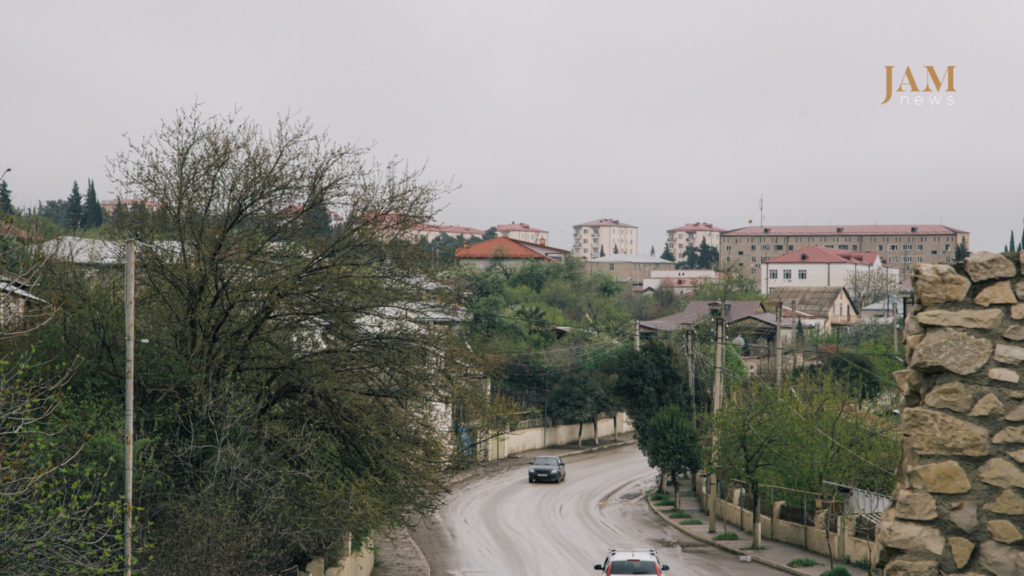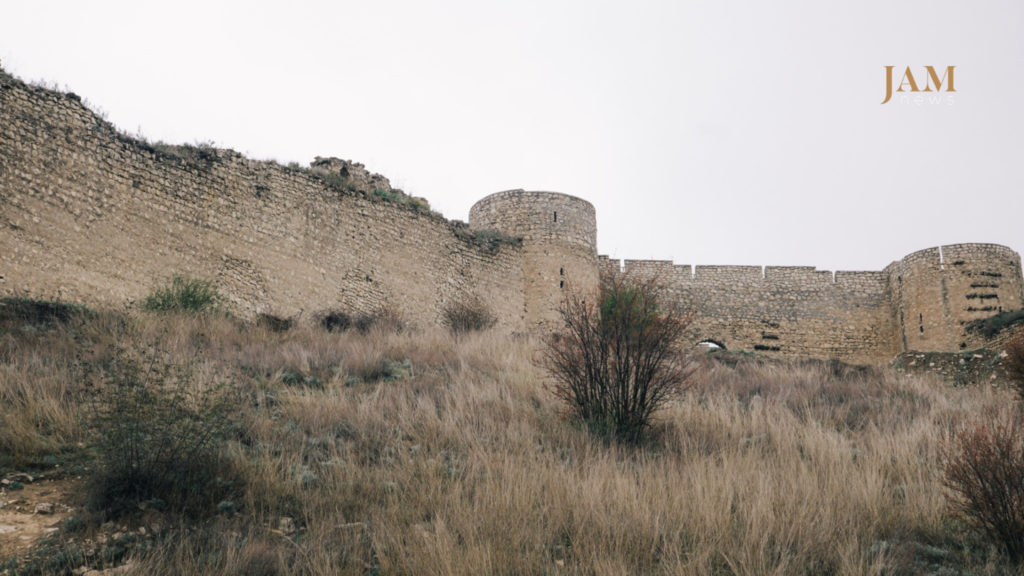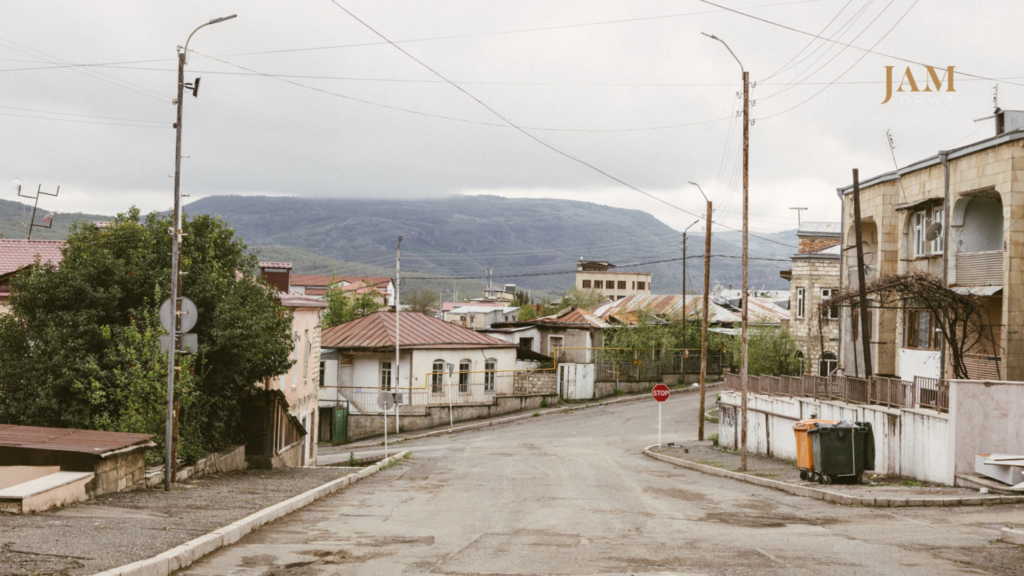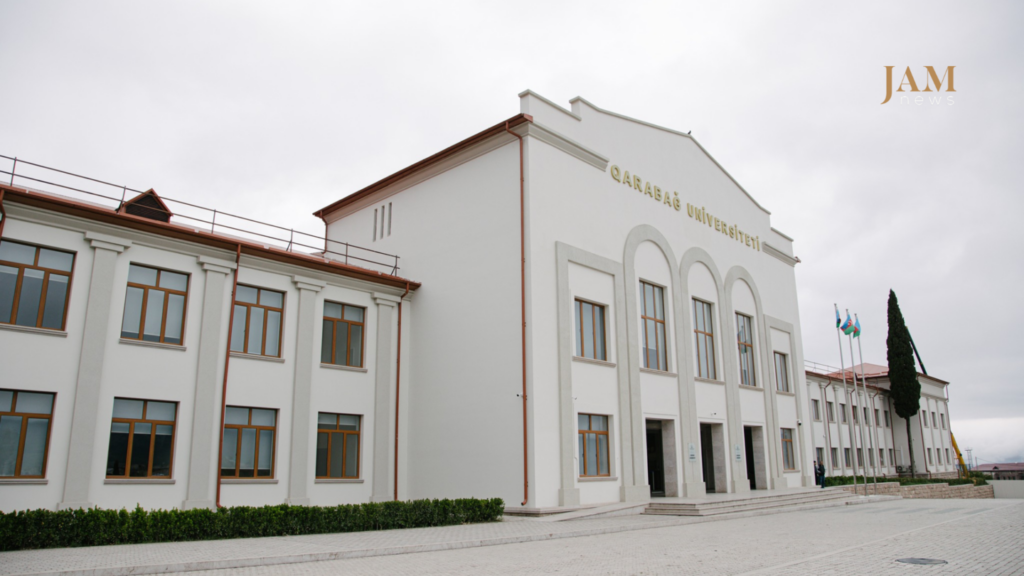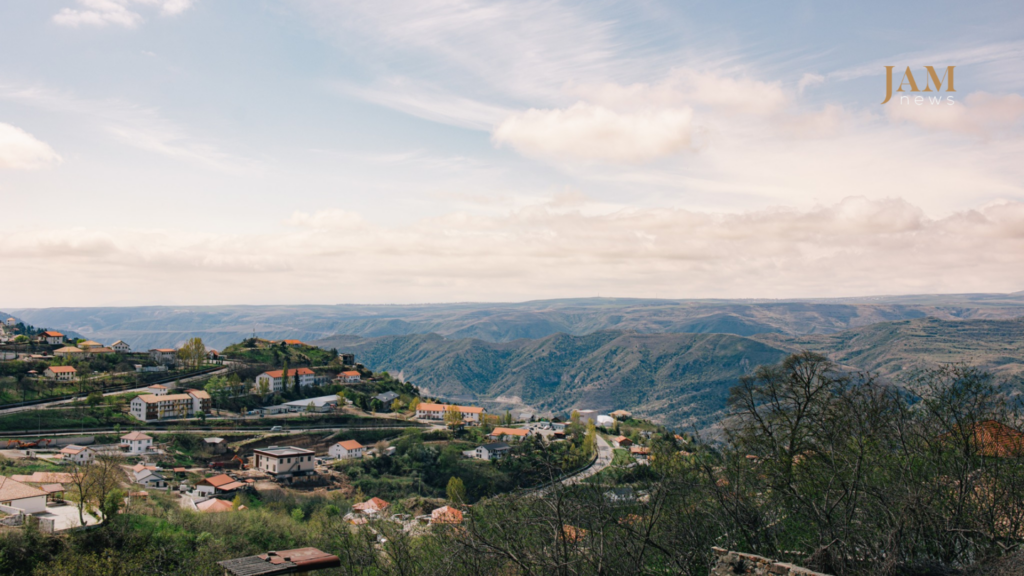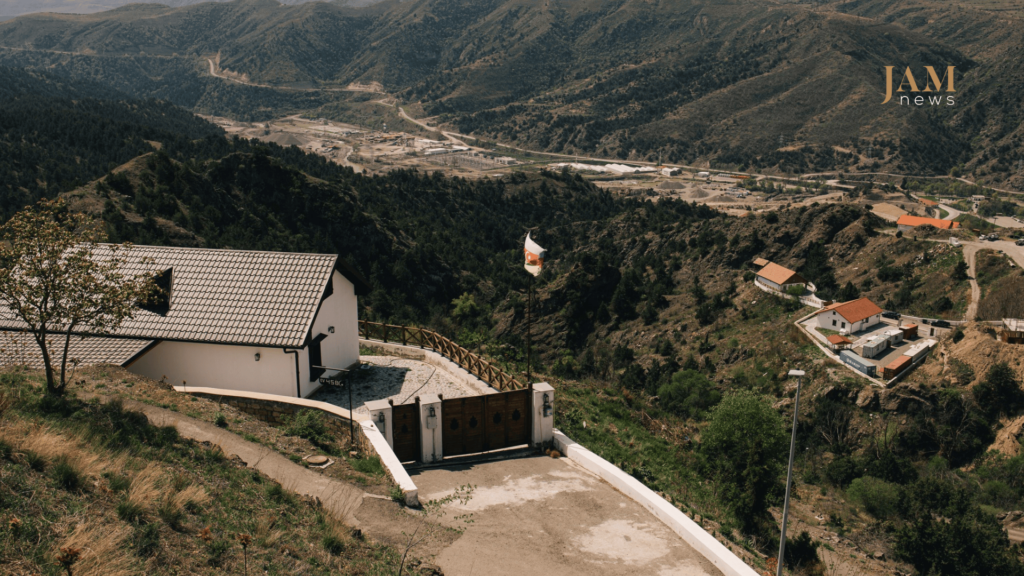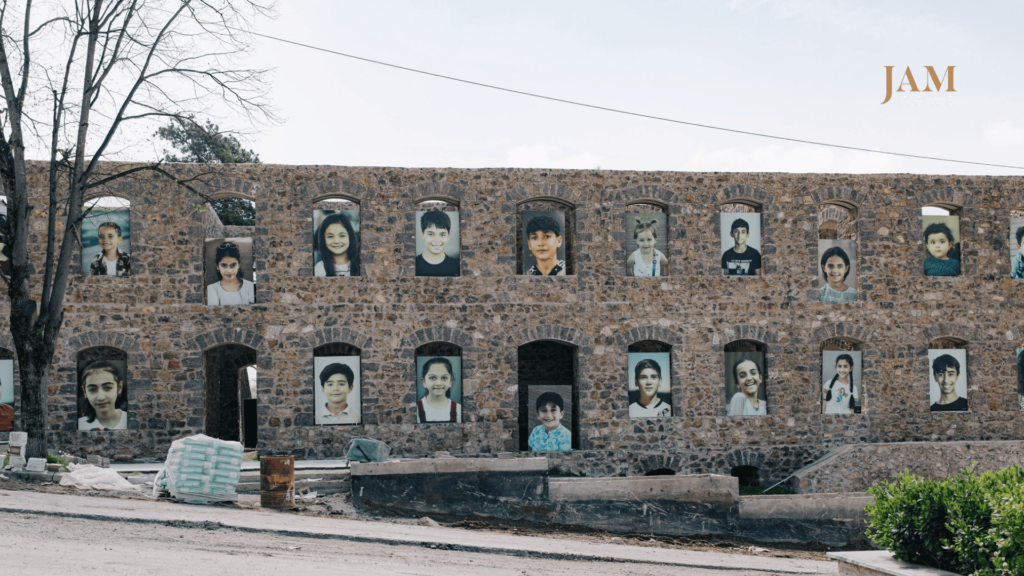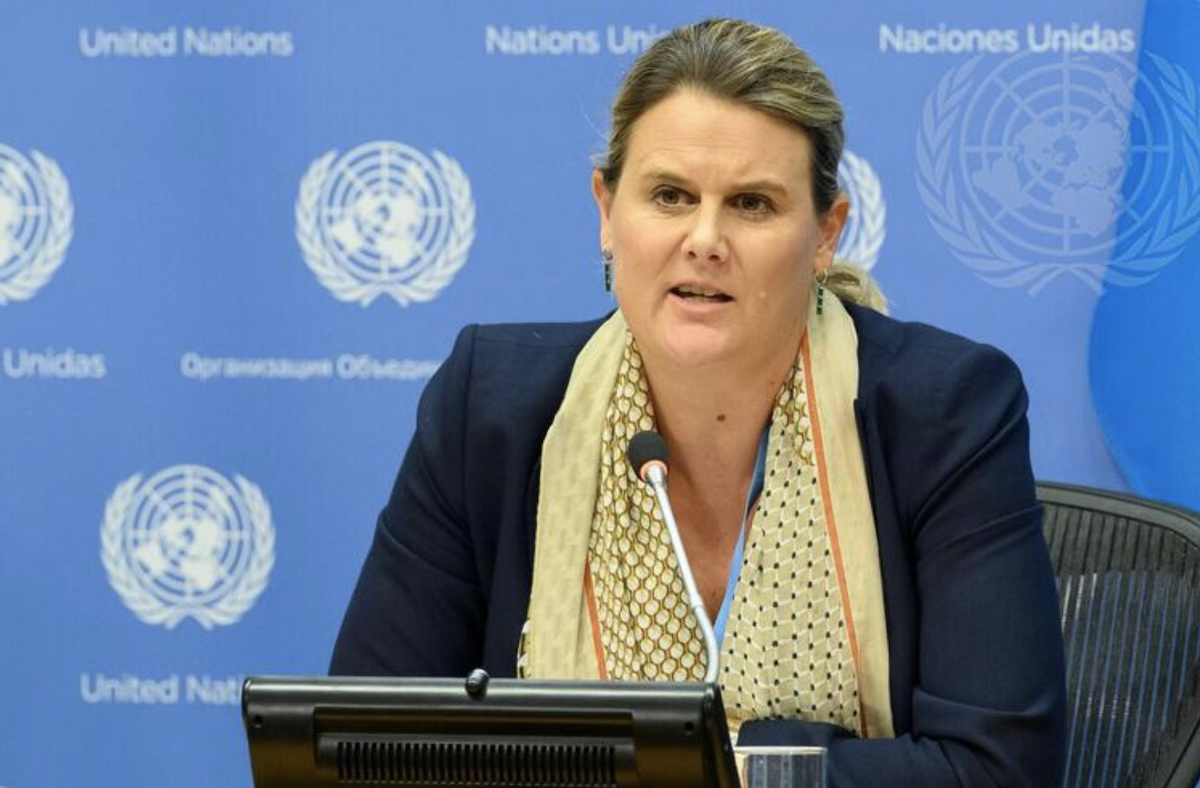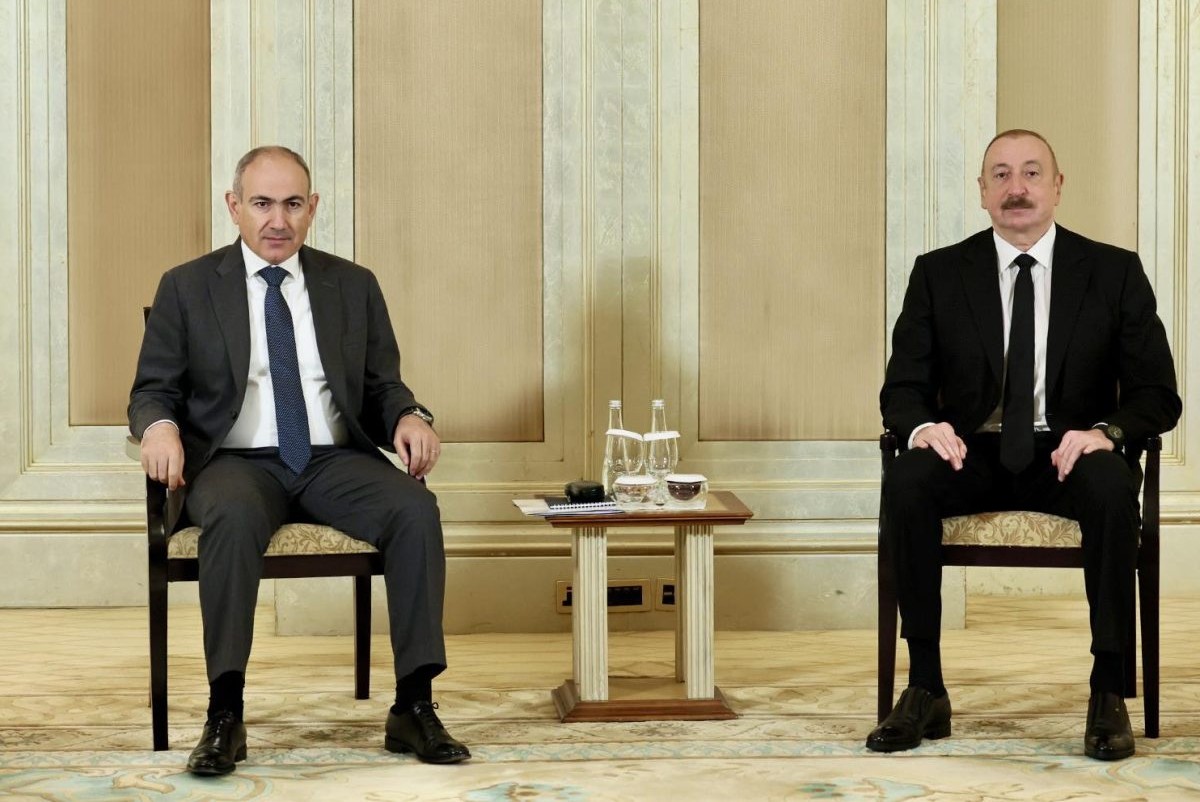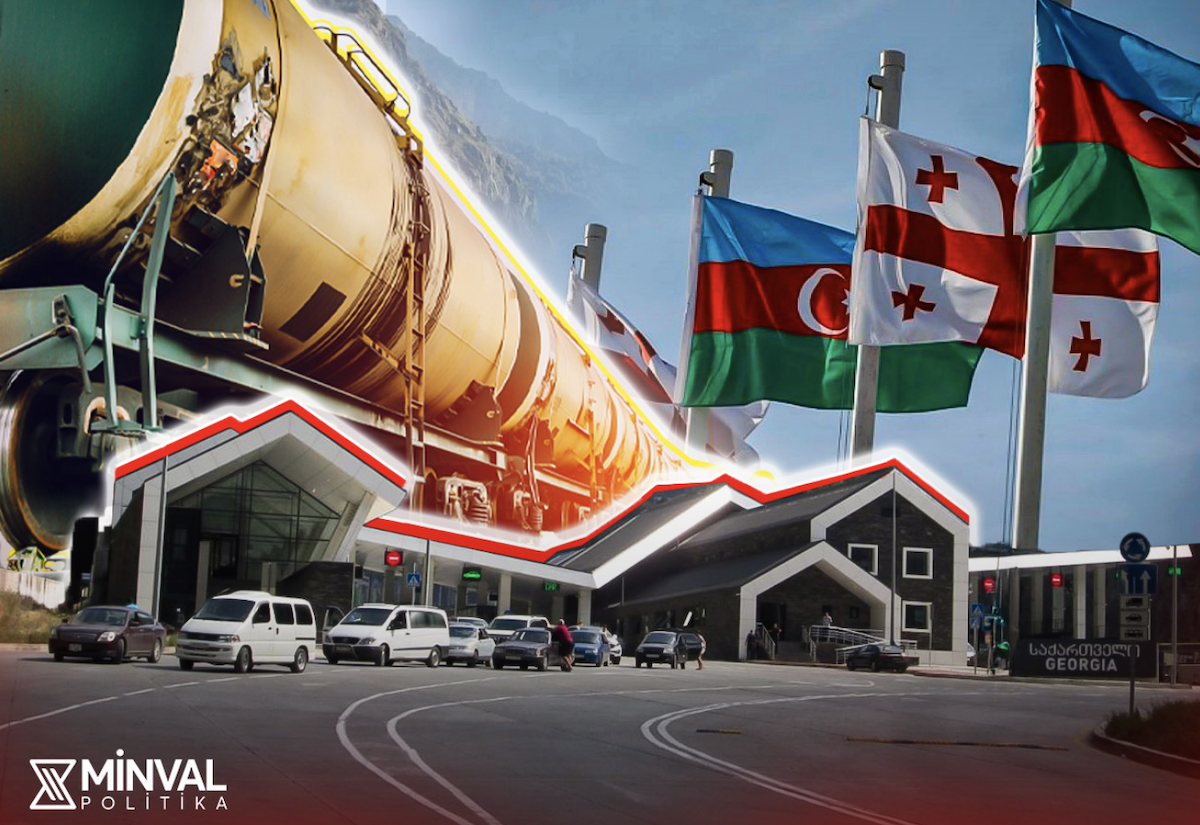Tours to Karabakh: tourist in one’s own country. Photo story
Tourist trips to Karabakh
Following the 44-day war in 2020 and Azerbaijan’s “anti-terror operation” in 2023, the Karabakh region was fully liberated from occupation. Although regular trips have since been organised to cities such as Shusha, Khankendi, and Fizuli, the free movement of people remains restricted.
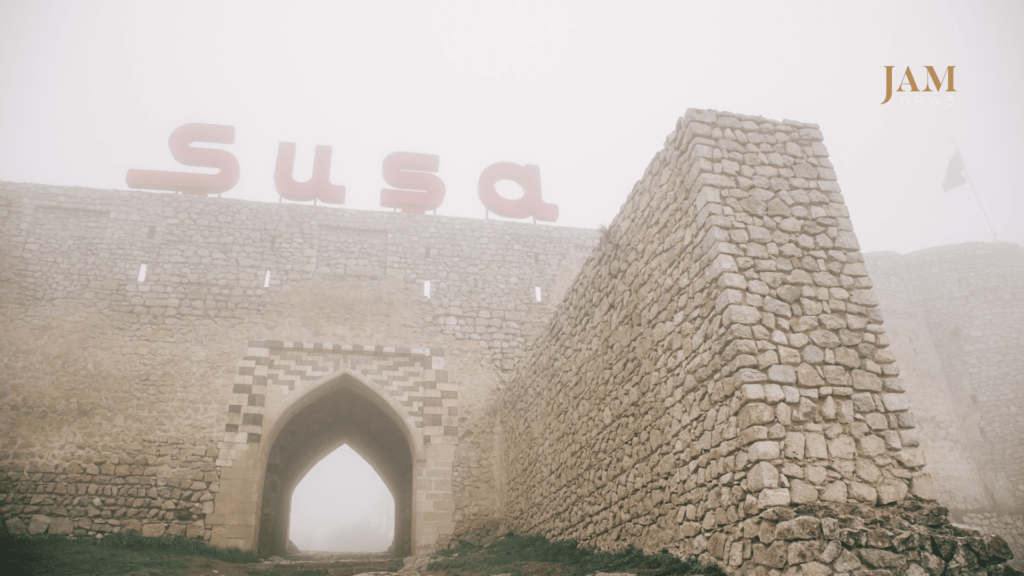
Increase in tourist trips
The Azerbaijani government is actively promoting Karabakh as a tourist destination. According to the State Tourism Agency, in 2024, hundreds of local and foreign tourists visited Shusha, Aghdam, and Fizuli.
Historical and cultural landmarks such as the Isa spring, Jydyr Plain, and the Vagif Mausoleum in Shusha are reported to attract particular interest.
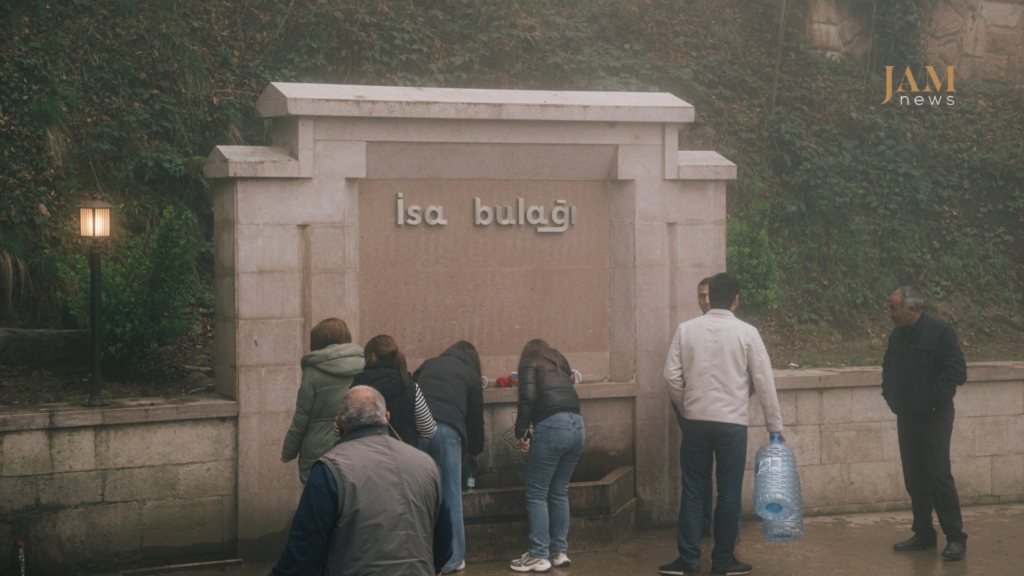
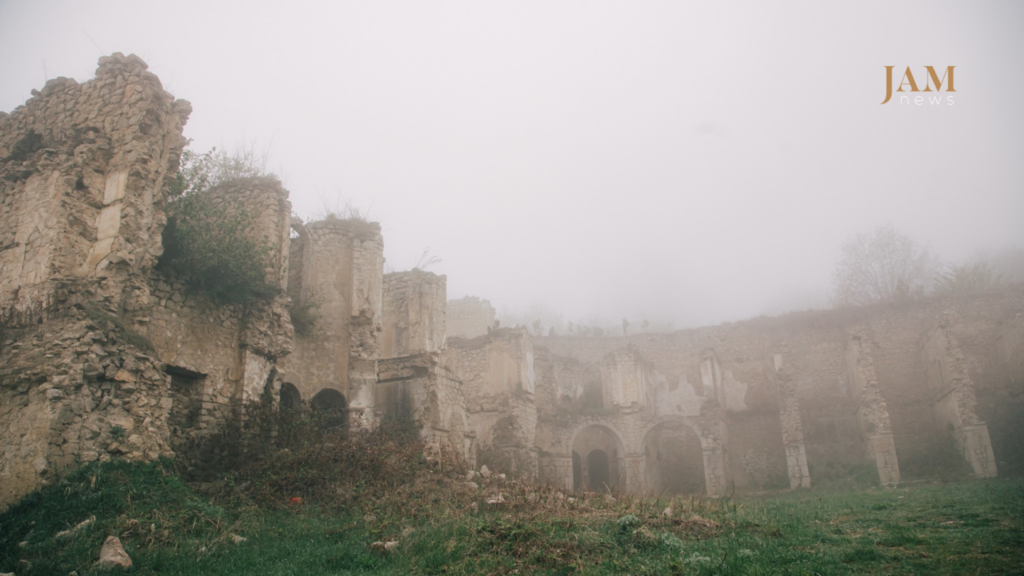

Tour operators offer both one-day and multi-day tours, with prices ranging from 50 to 150 manats. In the first half of 2024, the number of tourist trips to Karabakh increased by 30% compared to 2023. Since December 2023, individual car trips to Shusha and Sugovushan have been permitted, regulated through the Yolumuz Qarabağa portal.
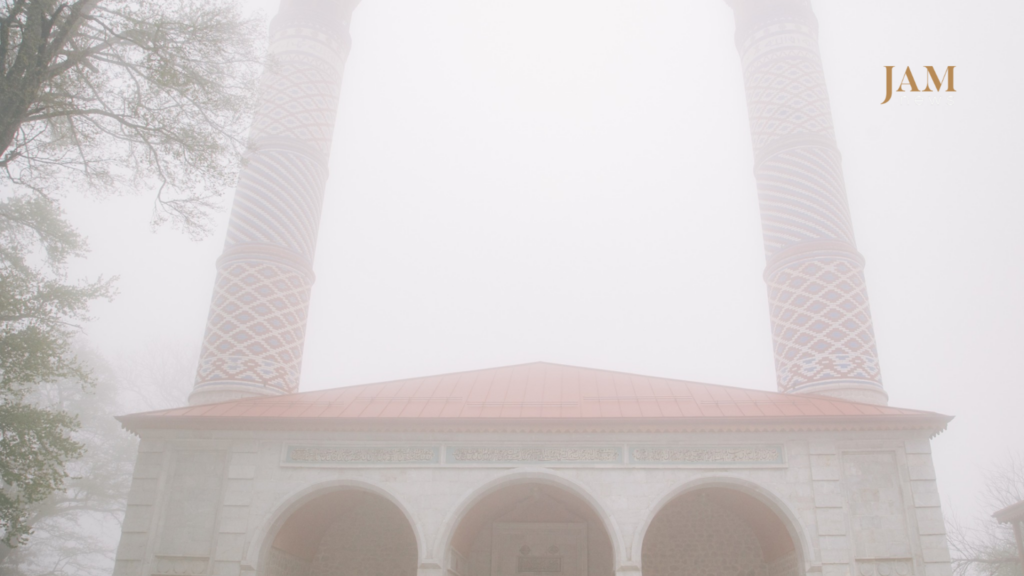
Reasons for restrictions
Free travel to Karabakh remains limited for several reasons::
- Mine danger: The Azerbaijani National Agency for Mine Action (ANAMA) reports over 100,000 mines have been neutralised, but uncleared areas remain. Tourists are only allowed to travel along designated safe routes.
- Checkpoints: Entry and exit to Karabakh are strictly controlled. Permits must be obtained via the “Yolumuz Qarabağa” portal, and routes are limited. Only 80 vehicles per day are allowed into Shusha and 60 into Sugovushan.
- Border tensions with Armenia: For security reasons, travel to areas bordering Armenia is prohibited.
- Lack of infrastructure: Despite rapid reconstruction, hotels, restaurants and other tourist facilities are still limited. Most tourists currently come from Baku or Ganja.
- Restrictions for foreign tourists: The U.S. State Department maintains Karabakh in the “Do Not Travel” (Level 4) category due to landmine hazards and military risks.


